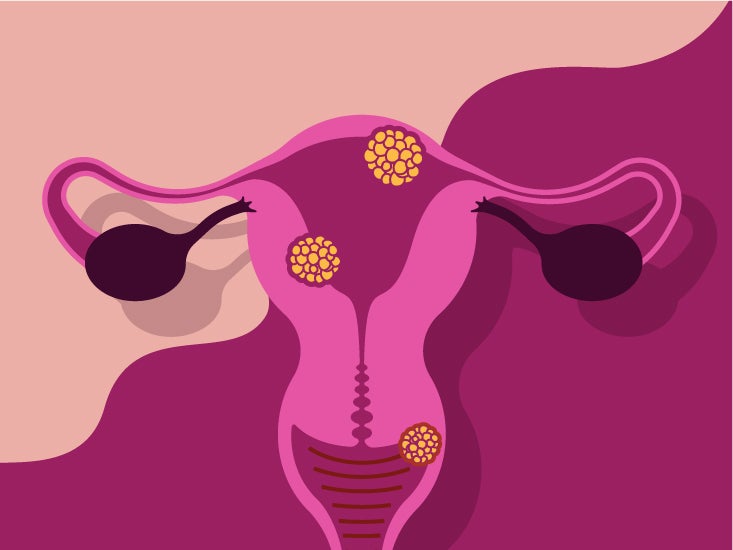Back
Bacterial Vaginosis (BV) and Its Implications for Pelvic Health
By Dr. Zarina Vitebsky, DPT, MSPT, PRPC, TPS, LPF, DN on 8/9/2023

What is Bacterial Vaginosis (BV)?
Bacterial Vaginosis (BV) is a common vaginal infection resulting from an imbalance in the natural bacterial environment of the vagina. While it's standard for various bacterial types to inhabit the vaginal area, specific risk factors can upset this delicate balance, leading to BV.
What Causes BV?
Several risk factors may predispose individuals to BV, including:
History of STDs/STIs
Having multiple sexual partners
Engaging in vaginal douching
Chronic use of intrauterine devices (IUDs)
Symptoms of BV
Those with BV often experience:
A thin white or gray vaginal discharge accompanied by a distinct fishy odor.
Sensations of itching or burning within the vaginal area.
Burning sensation during urination.
How is BV Diagnosed?
A standardized approach to diagnosing BV is through the vaginal Gram stain. A sample is taken during a speculum-assisted pelvic examination by a gynecologist and later interpreted by a laboratory.
Alternatively, Amsel's Criteria serves as a clinical diagnostic tool. To meet the diagnosis using this method, at least three of the following criteria should be present:
Vaginal pH greater than 4.5
Presence of vaginal epithelial cells in the vaginal fluid
Milky, homogenous vaginal discharge
Release of a fishy odor after adding 10% potassium hydroxide to the vaginal fluid
Pelvic Floor Implications for BV Patients
Bacterial Vaginosis, while primarily a bacterial concern, can have secondary repercussions on the pelvic floor health, particularly when it comes to pain, discomfort, and muscular dysfunction.
Pelvic Floor Hypertonicity: As mentioned, BV can lead to hypertonicity or increased tension in the pelvic floor muscles. This heightened tension can cause pain during intercourse, difficulty with bowel movements, and even urinary issues.
Discomfort and Pain: The itching and burning sensation associated with BV might make patients unconsciously tighten their pelvic floor muscles as a protective response. Over time, this chronic contraction can lead to discomfort, fatigue, and pain in the pelvic region.
Urinary Symptoms: The burning sensation during urination, a symptom of BV, can sometimes cause patients to alter their urination habits—either by holding in urine or trying to urinate too frequently. Both these habits can affect the bladder and the pelvic floor muscles over time.
Implications for Intercourse: The discomfort and potential pain during intercourse can affect one's sexual health and relationships. Tightness and pain can make intercourse less enjoyable and can even lead to an aversion to sexual activity.
How Pelvic Floor Physical Therapy Helps
Pelvic floor physical therapy offers a range of treatments and exercises to help manage and alleviate the secondary symptoms associated with BV.
Myofascial Release: This technique helps in releasing tension in the fascia (connective tissue) surrounding the pelvic floor muscles, providing relief from tightness and discomfort.
Biofeedback: Using specialized equipment, biofeedback helps patients understand and visualize their pelvic floor muscle activity. It aids in recognizing unnecessary contractions and teaches relaxation techniques.
Stretching and Strengthening Exercises: Specific exercises can help stretch tight muscles and strengthen weakened ones, balancing the pelvic floor muscle group.
Education and Behavioral Strategies: Therapists provide guidance on bladder habits, posture, and even breathing techniques that can impact pelvic floor health.
Relaxation Techniques: Since stress and anxiety can exacerbate pelvic floor tension, relaxation techniques such as deep breathing and visualization can be beneficial.
In Conclusion
While Bacterial Vaginosis is a bacterial condition, its ripple effect on the pelvic floor is undeniable. Recognizing the signs, seeking appropriate medical care, and understanding the role of physical therapy in managing its secondary implications can significantly improve one's quality of life and well-being.
If you’re experiencing pelvic floor dysfunctions including bacterial vaginosis, please reach out to us at Pelvic Health Physical Therapy Center in Madison, NJ to set up an evaluation and treatment!
Feel free to call us at 908-443-9880 or email us at contact@pelvichealthnj.com.
Resources:
Read More:
How Chronic Pelvic Congestion in Men Contributes to Prostatitis By Shannon Strauch, PTA, STMT-1 on 12/11/2024 How lymphatic issues can cause symptoms of prostatitis Prostatitis and Tight Pelvic Floor Muscles: A Comprehensive Guide By Shannon Strauch, PTA, STMT-1 on 12/10/2024 How a tight pelvic floor can be the reason for prostatitis symptoms
Are you ready to live pain free?
Request An Appointment